Complete Floor Crunches Exercise Guide
Learn everything about Floor Crunches exercise including proper form, muscles worked, benefits, variations, alternatives, and common mistakes to avoid.
Muscles Worked & Equipment
Primary Muscles
Secondary Muscles
Equipment Needed
Muscle Categories
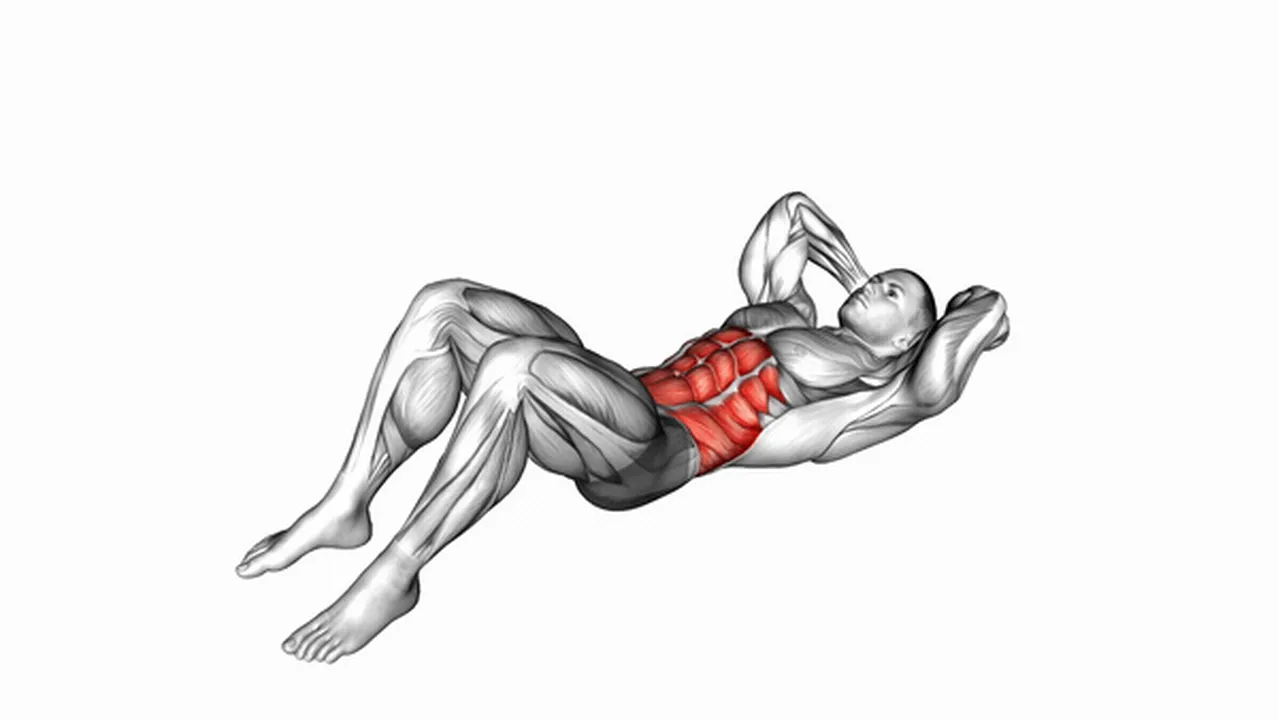
Introduction
1.
They help you build stronger abs and improve your stamina.
2.
This exercise is good for everyone, no matter your fitness level.
3.
Floor crunches help make your core stronger, which is important for balance and everyday activities.
4.
Doing floor crunches can help you get in better shape overall and improve the appearance of your midsection.
5.
Even beginners can do floor crunches, and they are designed to be gentle on your back.
6.
They're effective because they make your core muscles work hard while being easy on your back.
7.
Adding floor crunches to your workout routine can really help you reach your fitness goals.
 Zylo AI
Zylo AI
Free Calorie
Counter
App
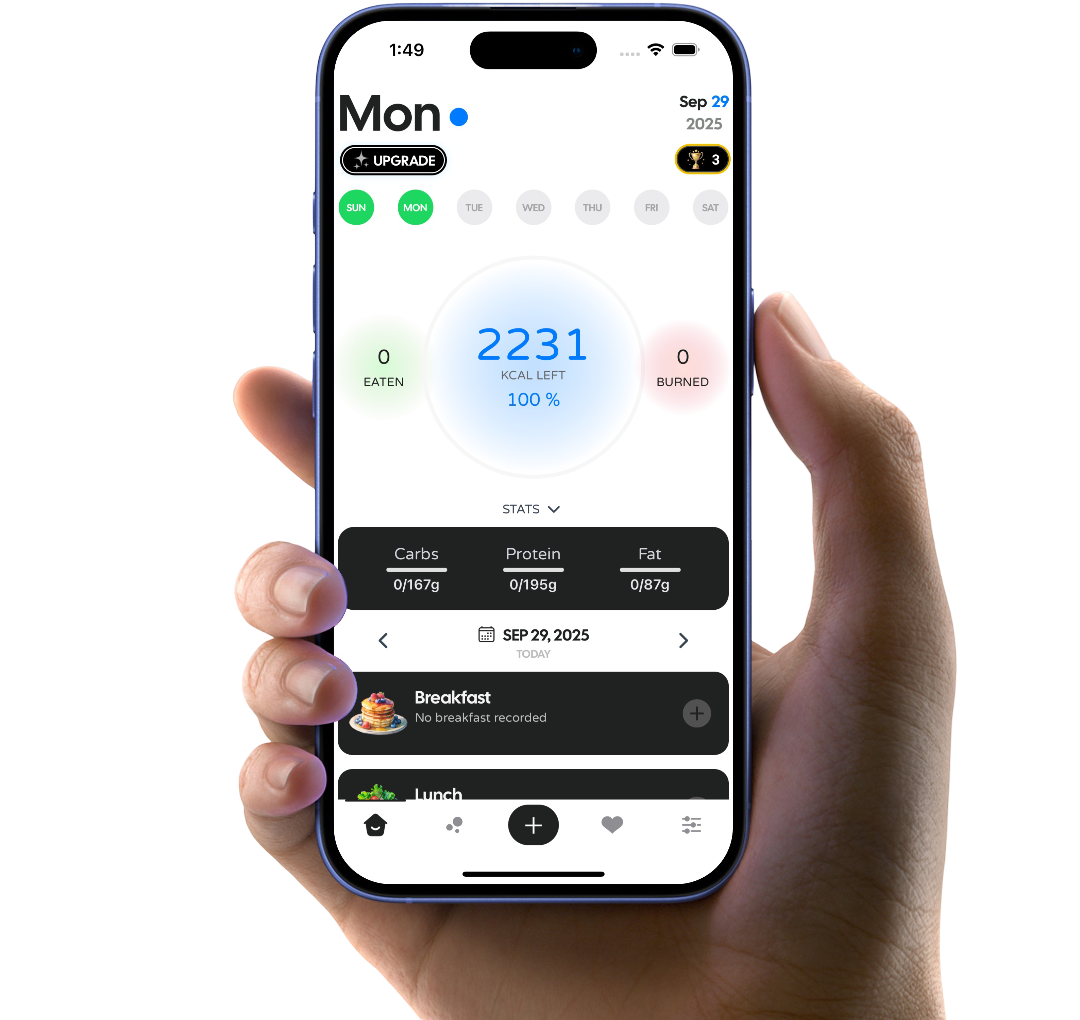





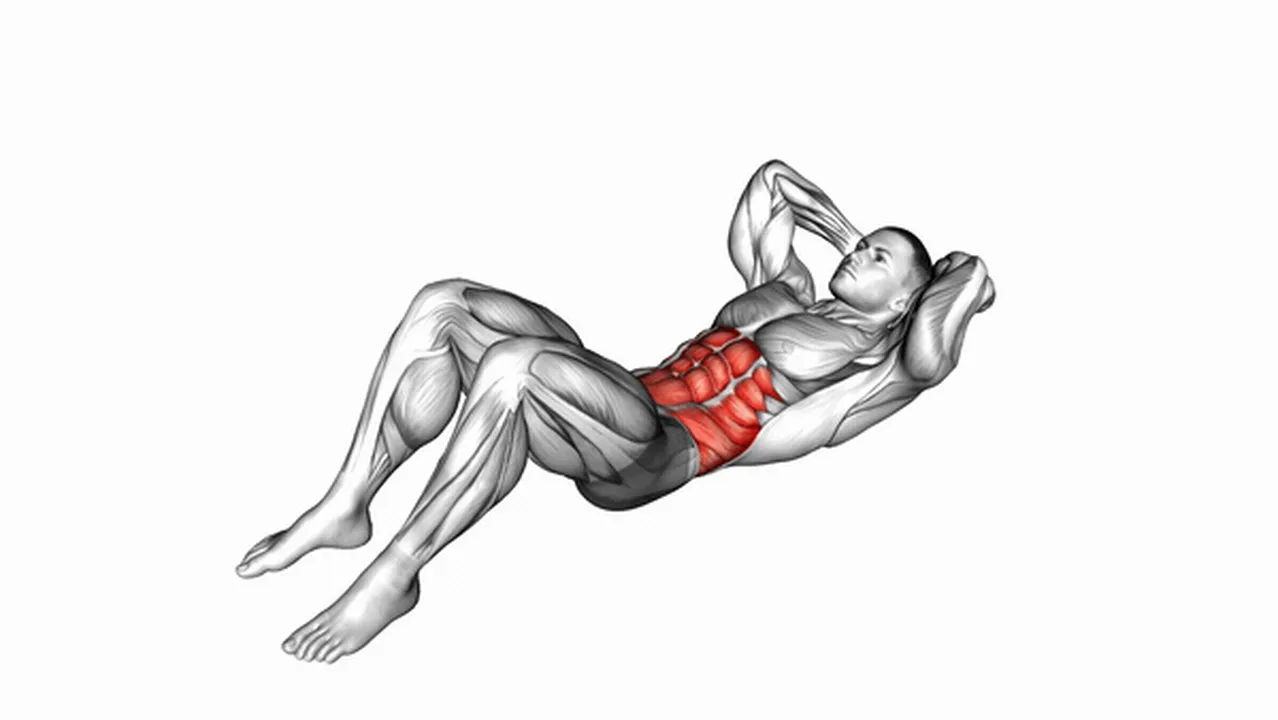
What are the benefits of floor crunches?
1.
Better posture: Strong stomach muscles help you stand and sit up straighter, which can help with back pain.
2.
Improved performance in sports and activities: Many sports and activities need a strong core for better results.
3.
Easy to do anywhere: You don't need special equipment or a gym to do floor crunches; you can do them almost anywhere.
4.
Floor crunches help you have a strong middle section, which is important for many everyday activities and makes it easier to do things like lifting and carrying.
5.
Doing floor crunches regularly can help improve your balance and coordination, making you less likely to fall.
6.
Strong core muscles protect your spine and lower back, reducing the risk of injury during physical activity or even everyday movements.
7.
Floor crunches are a great way to increase your overall fitness level and improve your health, because they are a form of exercise that works your core and helps you stay active.

How to do floor crunches?
1.
Put your hands behind your head, gently supporting it, or cross your arms over your chest. Don't pull on your head with your hands.
2.
Tighten your stomach muscles. Imagine you're trying to pull your belly button towards your spine. This is important for working the right muscles.
3.
Slowly lift your shoulders off the floor. Focus on using your stomach muscles to do this, not your neck or arms. Only lift your shoulders a few inches.
4.
Bring your elbows towards your knees as you lift. This helps you focus on your core muscles.
5.
Breathe out as you lift your shoulders and breathe in as you lower them.
6.
Slowly lower your shoulders back to the floor, controlling the movement all the way down. Don't just drop.
7.
Keep your stomach muscles tight throughout the whole exercise. This is key to making it work and avoiding hurting yourself.
8.
Don't lift your whole back off the floor. Just your shoulders should come up.
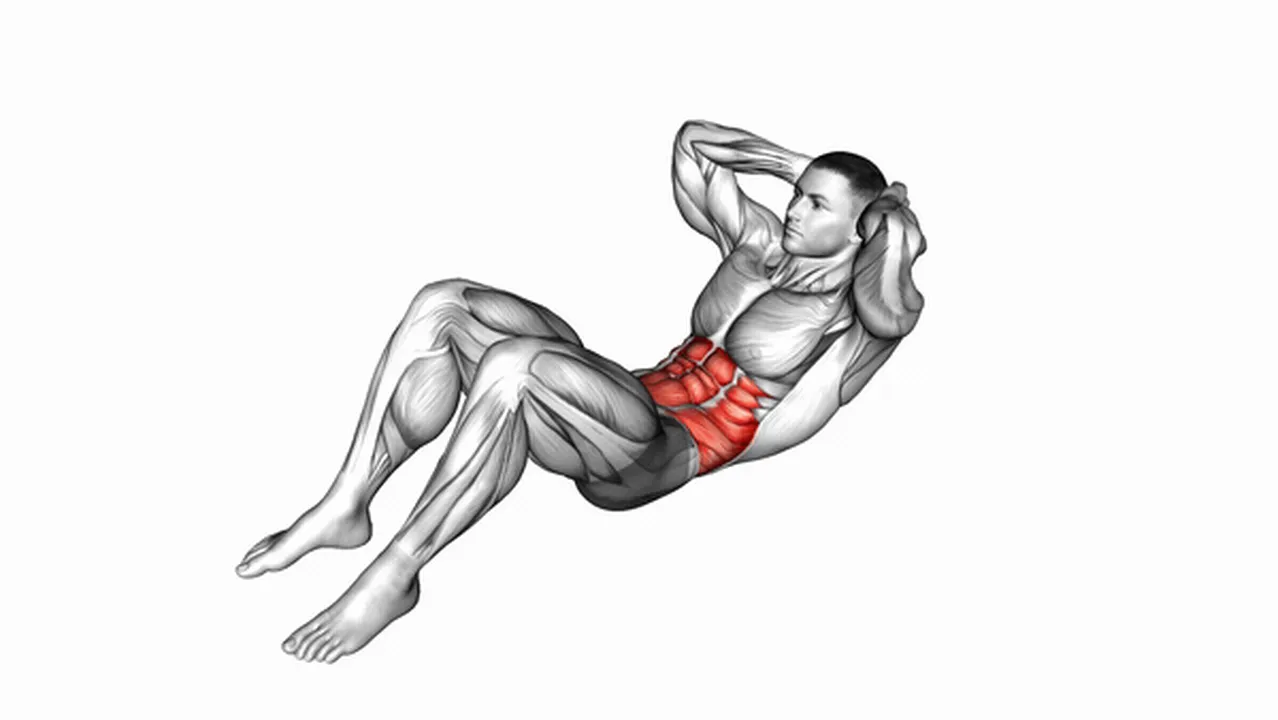
Common floor crunch variations
1.
Crunch on a stability ball: This makes crunches harder because the ball moves. Using the ball helps you build better balance and stronger core muscles, which is good for your posture too.
2.
Cable kneeling crunch: This uses a cable machine to add weight, so you can make the exercise harder or easier. It works your main abdominal muscle (rectus abdominis) and the muscles on the sides (obliques).
3.
Decline crunch: Done on a special bench that's angled downwards, this lets you move your body further than a regular crunch. This is good for working both the top and bottom parts of your abs.
4.
These exercises all work your stomach muscles, but they do it in different ways. Try them all and see which ones you like best!
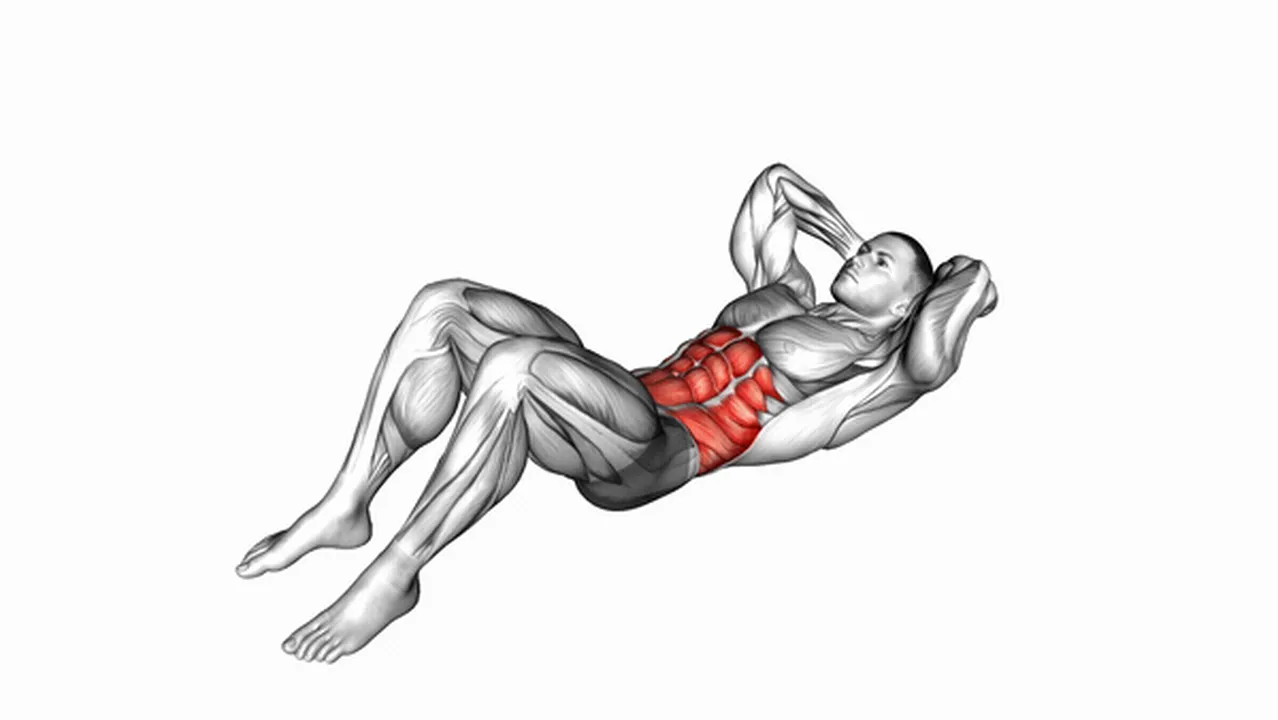
Alternatives to floor crunches
1.
Decline Crunch: Lie on a slanted bench. This makes your abs work harder because you're moving further. It's great for building stronger abs.
2.
Stability Ball Crunch: Do crunches on a large exercise ball. This is harder because you have to balance, making your core work even more to keep you steady. It helps tone your stomach muscles.
3.
Overhead Crunch: Extend your arms above you while doing crunches. This works your whole stomach area and improves your balance. It makes regular crunches more challenging.
4.
Try these different crunches to keep your workouts interesting and effective! Find the ones you like best and mix them up.
 Zylo AI
Zylo AI
Free Calorie
Counter
App






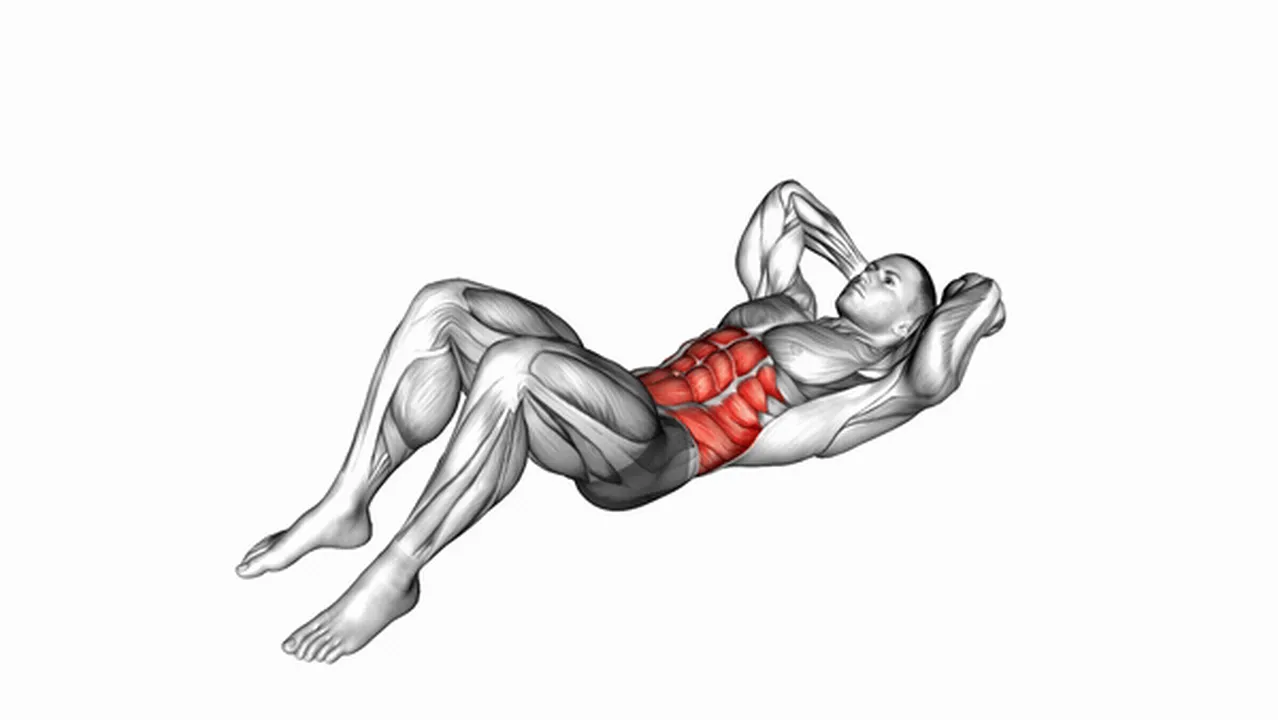
Common mistakes during floor crunches
1.
Control your movement: Don't just quickly bounce up and down. Slow and controlled crunches are much better for building strong abs and preventing injuries. Feel your muscles working as you move.
2.
Go all the way up: Make sure your shoulder blades lift off the floor. This ensures you're using your abdominal muscles fully. A small lift doesn't work as many muscles.
3.
Keep your back flat: Press your lower back into the floor throughout the crunch. This protects your spine and helps you use your abs correctly. Avoid arching your back – it puts extra strain on your lower back.
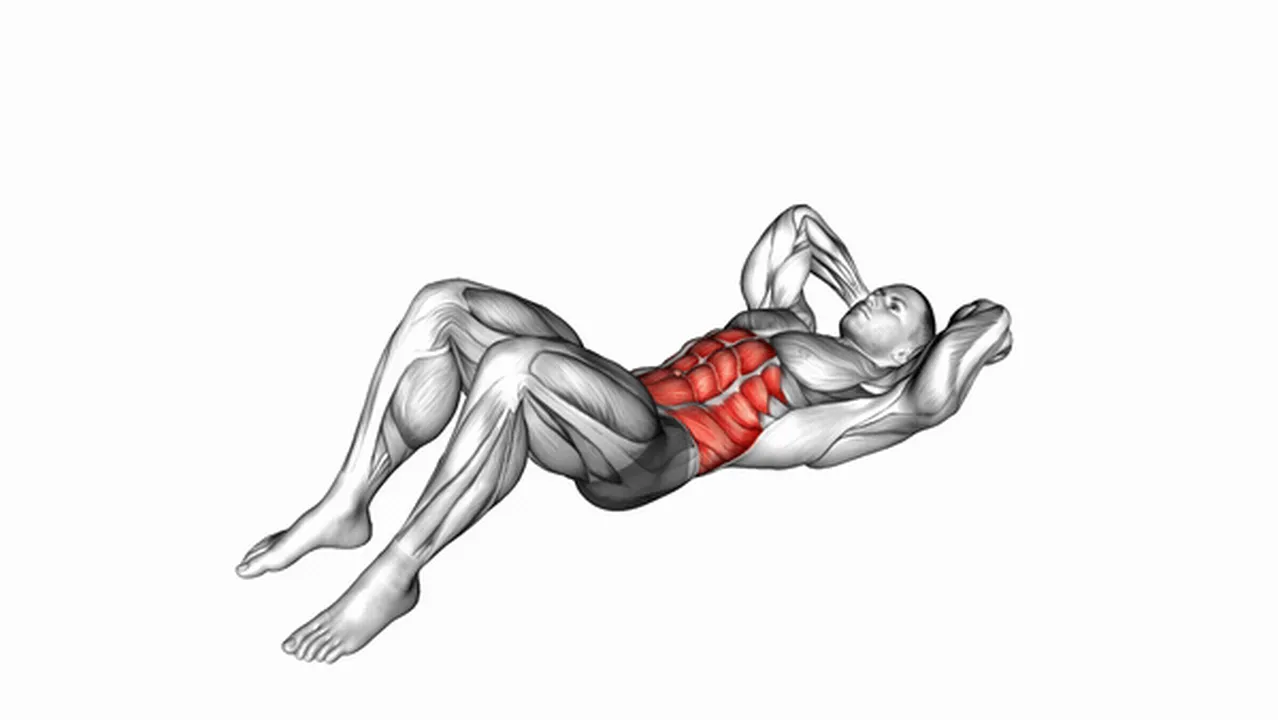
Takeaway
1.
Strong core muscles help you be stronger and healthier overall.
2.
To do a floor crunch: Lie on your back with your knees bent and feet flat on the floor. Put your hands behind your head, lightly touching your ears. Slowly lift your head and shoulders off the floor, tightening your stomach muscles. Lower yourself back down slowly. Don't pull on your neck.
3.
Focus on proper form to avoid injuries and get the best results. Make sure your movements are controlled and not jerky. Keep your lower back pressed to the floor throughout the exercise.
4.
Common mistakes to avoid: Pulling on your neck instead of using your stomach muscles; arching your back; going too fast.
5.
For a well-rounded core workout, add other exercises like planks, leg raises, and Russian twists. This works different core muscles and prevents overuse injuries.
6.
Listen to your body and stop if you feel any pain. Start slowly and gradually increase the number of crunches you do as you get stronger.
 Zylo AI
Zylo AI
Free Calorie
Counter
App






Disclaimer: The routines and schedules featured on our website are for informational purposes only and do not constitute medical or professional advice. Individual preferences, goals, and daily routines may vary significantly. Please note that some product links within our content are affiliate links. While not all routines have been explicitly endorsed by the individuals mentioned, we strive to ensure the accuracy and timeliness of the information we provide.
Disclaimer: Zylo AI(BR) does not provide medical advice, diagnosis, or treatment. Any information published on this website or by this brand is not intended as a replacement for medical advice. Always consult a qualified health or mental health professional with any questions or concerns about your mental health.
